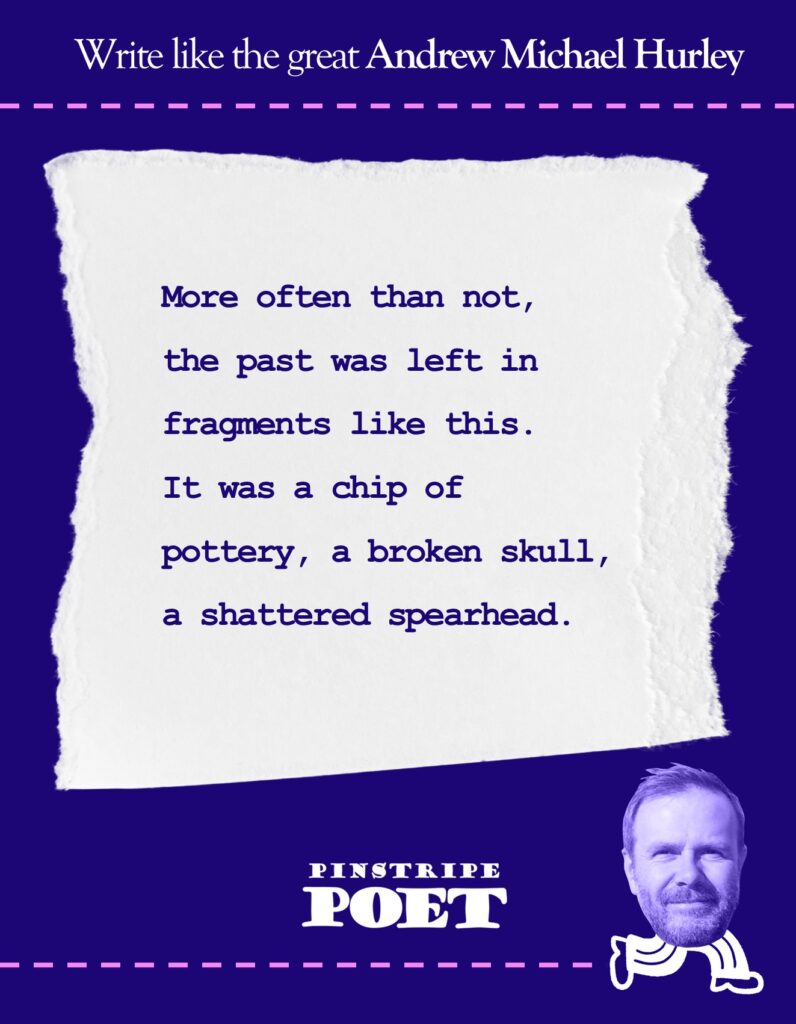
I’m back from the theatre
The play ended with a girl leading her father beyond the city walls.
The girl was Electra. The man, Oedipus. The city, Thebes. Perhaps those names strike dissonant cords of memory.
As they exited the tragedy, the outcast king questioned whether his people were at peace.
He’d put out his eyes to break a curse, to make water return to his parched land. Now his shirt was soaked with blood and rain — but were his people glad?
Yes — they rested
Actors, who I’d seen dance for hours, sat on stage and breathed. They’d delivered the story to its only conclusion.
I almost said ‘to its only logical conclusion’, but logic was one of the weaker forces on-stage. Sin and superstition and emotion had far greater influence over events.
That’s why it reminded me of Starve Acre
A play written in ancient Greece by Sophocles, adapted by Ella Hickson in 2024, reminded me of a horror novel by Andrew Michael Hurley.
Both feature rational men grappling with the supernatural.
Both propel their plots through revelation. And that’s the technique I want to pick apart, today.
So, tracing the course of action and reaction in both stories, what do we notice?
They run like police-procedural dramas
Evidence emerges, complicating and clarifying crimes. But it emerges from unusual sources.
In Oedipus, understanding comes from oracles, prophets and servants breaking old oaths of secrecy.
In Starve Acre, it bubbles up from psychics, relics and tattered woodblock prints.
It’s the rational protagonist, Richard, who owns the barren farm called Starve Acre. When we meet him, he’s enduring winter in his silent home, haunted by recollections of his recently deceased son — and of his own boyhood.
The memories overlap, because Richard grew up on the farm. Then he inherited it as an adult — a tumbledown estate that included his father’s library.
In this little room, [Richard’s father] had arranged the physical world, the whole of history, into something as watertight as a policy document. And yet, what took him decades to build, he managed to dismantle in less than a week.
Putting it right, Richard finds prints of the neighbouring fields.
The edges of the prints were either torn or perforated with needle holes, meaning that they had probably come from a larger collection, and Richard suspected that the whole had been reduced to its parts during his father’s demented reshuffling and that there were more sheets loose in the study somewhere.
That sentence is like a bugle horn
The hunt is called early in the book and winds until two pages from the end. Prints appear at judicious moments, deepening the dread of the reader, who can feel the past polluting the present.
No wonder the author made Richard an archaeologist, scraping in the dirt. It’s dangerous to raise bodies from the ground. Dead men can tell tales.
Aidan Clifford writes for Pinstripe Poets – artists who love their day jobs. This post is part of a series called ‘Write like the Greats’. See the rest here.


